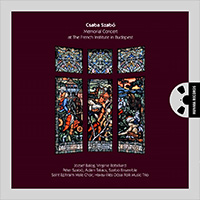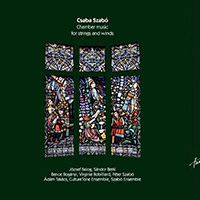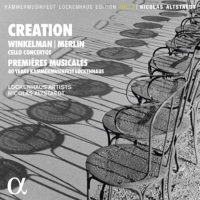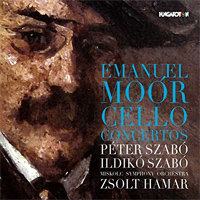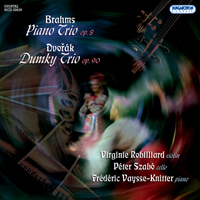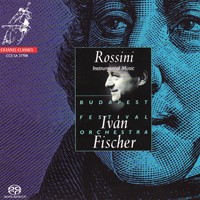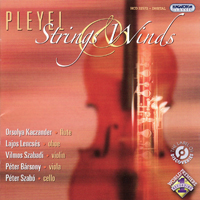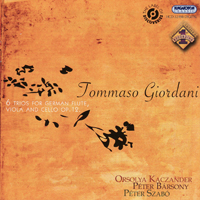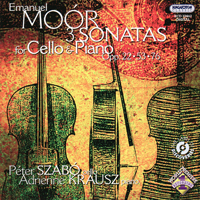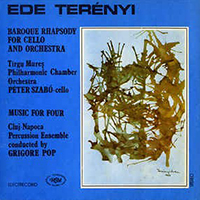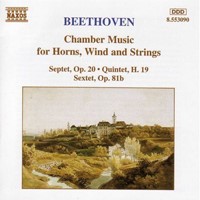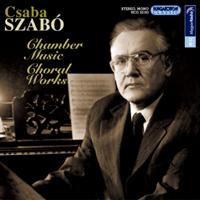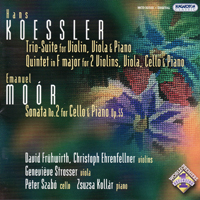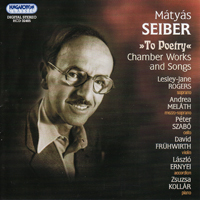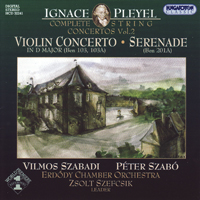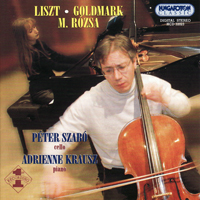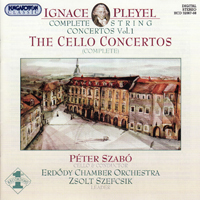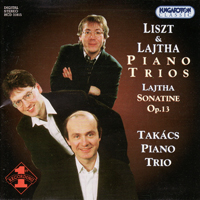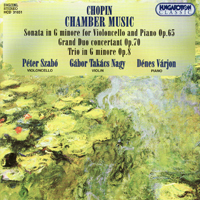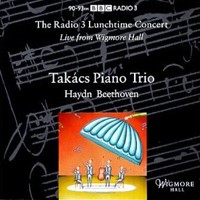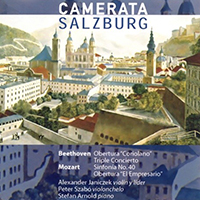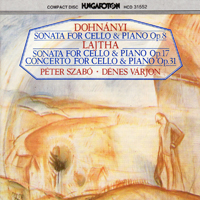Much ado... but played well (Emanuel Moór's sonatas)
EMANUEL MOÓR:
c-minor sonata for piano and cello, Op. 22
a-minor sonata for cello and piano, Op. 53
a-minor sonata for piano and cello, Op. 76
Adrienne Krausz - piano
Péter Szabó - cello
Hungaroton
HCD 32462
Oh, those happy times of peace - as our great-grandmothers and even the history books of my youth said when referring to the period after the Compromise. Well, from the perspective of the last 150 years, it is clear that they were not such happy times after all, at least not for everybody. But it is an indisputable fact that Hungary has taken big steps towards Western-Europe as far as certain fields of culture and the development of technology are concerned.
Emanuel Moór's name does not sound familiar nowadays except to musicologists and musicians with an inclination to research. The composer, born in 1861, belongs to the end-of -XIX century generation which made it possible for Bartók to some day appear on the scene and for the Nyugat to be established and for the great celebrities to do a little detour to Budapest before returning from Vienna. Emanuel Moór played the piano, the organ, composed a lot of music and created new instrumental constructions. He was also friends with Pablo Casals and he travelled around Europe and America as piano accompanist to Lili Lehmann.
So he was always on the move; he came, he saw, he conquered, but, let us be honest, he did not create any masterpieces. His legacy only has importance in the light of his personality, in itself it cannot by any means be regarded as a substantial constituent of Hungarian musical history. In his own time he must have had admirers just the way Bárdos did decades later, functioning in the same province, but unlike the case of Bárdos, his influence has diminished totally today.
Consequently, the present release of Hungaroton stands alone on the shelves of the record stores. If it had not been for Adrienne Krausz and Péter Szabó, who decided to record these three sonatas, we would have missed this turbulent and vehement music. What really inspired them to present the pieces of Emanuel Moór, could be answered best by themselves. Listening to Adrienne Krausz, one inevitably feels that there is something between her and the composer, or, rather, these pieces. These sonatas, that is to say, belong to the considerable body of pieces in musical literature that present much larger technical problems and more difficult musical material to the piano than to the solo line. Even the composer admits that in the first C-minor and the third A-minor sonatas, he inverted the relation of the roles; according to his notes, the piece was written, in an unusual fashion, for piano and cello. Therefore, the ambitious pianist has to play a lot of very complicatedly located notes in a very short time.
I am fully aware of how inappropriate it is to talk about physical appearance, yet I have to mention in this case the lady's fragile figure, which is simply impossible to be "seen" on the recording.
There is strength and liveliness in her performance, her chords are dense and her fortes remain round even at the most virtuoso parts. I have never heard her play so ravishingly as she does on this disc.
Péter Szabó plays wonderfully, but I must remark that if he were the companion of a more listless pianist, I would now be celebrating him with rapturous enthusiasm; with these beautiful legatos and smart bow-strokes, as it is, however, his performance seems a little inactive.
Despite these points, I still recommend this recording to everyone who feels like getting acquainted with the musical projections of Emanuel Moór's personality. For all his critical approach, he could not have dreamt of a better performance!
BaCi
Source: www.momus.hu
Translation by Susan Kapás
Café Momus
November 2007


